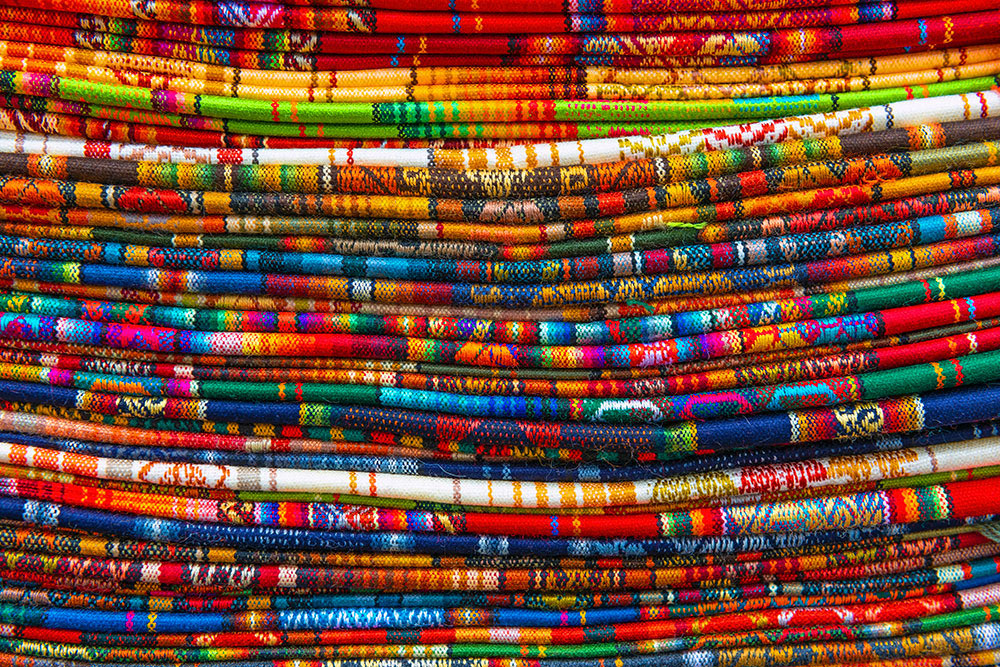
19 Aug Cultural Comfort: Incorporating Global Textiles into Upholstery Designs
There’s something incredibly charming about global textiles. They carry stories of cultures, traditions, and artisanship that can breathe life into any space. Incorporating these unique fabrics into your upholstery not only enhances the aesthetic appeal but also connects you to different parts of the world. Today, we’re diving into how you can integrate diverse textiles from around the globe into your upholstery designs, creating a space that’s both beautiful and culturally rich.
Understanding Global Textiles
Global textiles are more than just fabric; they’re pieces of cultural heritage. Take African kente cloth, for example. It’s a vibrant, handwoven fabric from Ghana, known for its geometric patterns and rich colors. Or consider Indian silk, renowned for its luxurious texture and intricate designs. Japanese indigo dye, another favorite, offers deep, striking blues achieved through traditional dyeing techniques. Each of these textiles tells a story, bringing a piece of its origin into your home.
Beyond their cultural significance, these textiles offer unique aesthetics and practical benefits. The rich colors and patterns of global textiles can add a distinctive style and personality to your space. They also tend to be durable, given that many are crafted using time-honored techniques and high-quality materials. Plus, they’re functional, often designed to withstand the rigors of everyday life in their cultures of origin.
Choosing the Right Global Textiles for Your Space
When incorporating global textiles, it’s essential to match them with your existing decor. Look at your current color scheme and design elements, and choose textiles that complement these aspects. For instance, if your space has a lot of earthy tones, Moroccan rugs with their warm colors and intricate patterns could be a perfect fit. Or, if you’re aiming for a more modern look, contemporary fabrics inspired by traditional designs can provide the right balance.
Traditional textiles such as Peruvian alpaca wool or Turkish kilims can add a touch of authenticity to your decor. These fabrics are not only visually appealing but also add texture and warmth to any room. Modern interpretations of these traditional designs are also available if you prefer a more updated look without losing the cultural essence.
Incorporating Global Textiles into Upholstery
You don’t have to go all out to make a statement. Start with smaller accents like throw pillows and cushions. These can easily incorporate global textiles without overwhelming the space. Ottomans and poufs are also great for showcasing vibrant patterns and rich textures, adding a bold statement to your room.
For a more dramatic impact, consider reupholstering larger pieces of furniture. Sofas, chairs, headboards, and benches can all be transformed with the right fabric. Imagine a sofa covered in a lush Moroccan textile or a headboard wrapped in soft Peruvian alpaca wool. These pieces become focal points, adding a unique flair to your decor.
Sourcing Global Textiles
- Where to Find Authentic Fabrics
Finding authentic global textiles can be an adventure. Local markets, artisan fairs, and reputable online stores are great places to start. These venues often offer unique pieces that you won’t find in standard retail stores. Plus, you get the satisfaction of knowing the story behind each fabric.
- Supporting Ethical and Sustainable Practices
When sourcing global textiles, consider fair trade options to ensure that your purchases support ethical production practices. Look for textiles made from sustainable materials to promote environmental conservation. This way, you’re not only beautifying your home but also contributing to a positive global impact.
Maintaining Global Textiles
Different textiles have different care needs. For example, Indian silk requires gentle cleaning methods, while Moroccan wool might need specific care to maintain its texture. Always follow care instructions to keep your textiles looking their best.
Regular maintenance is key to preserving the beauty of your global textiles. Routine cleaning and proper storage can extend their life. For any damage, consider repair and restoration techniques to keep these cultural treasures in top shape.
Conclusion
Incorporating global textiles into your upholstery designs is a fantastic way to add cultural richness and unique style to your home. From understanding the cultural significance and choosing the right fabrics to proper care and creative integration, these tips can help you transform your space. So, go ahead, explore the world of global textiles and let your decor tell a story.


